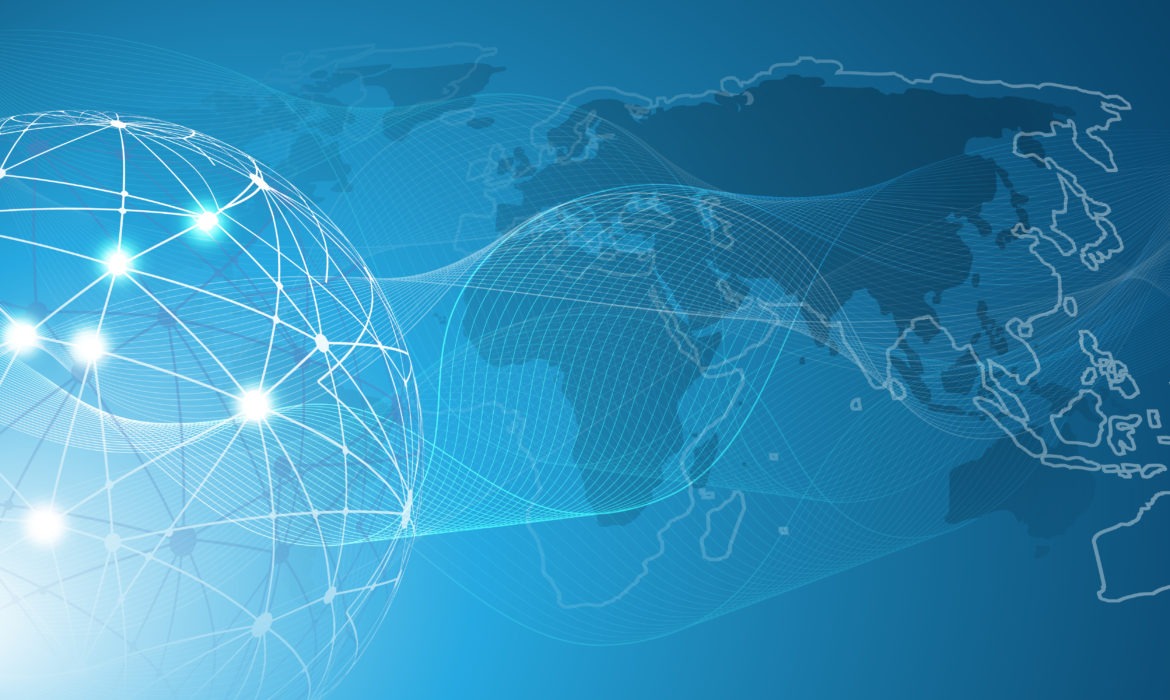India continues to maintain a powerful position in the global landscape. For the past thirty years, the Indian economy has experienced substantial growth, with a 245% escalation in GDP per capita. On a global basis, it is still comparatively underdeveloped. As of 2019, over 600M people in India had an income of less than $3.65 per day. Consequently, there is ample potential for economic growth and greater well-being. India stands out as a possible option in supply chains and innovation centers. It can function at scale since it is the largest democracy in the world. Besides, India’s economy is becoming a more open and robust technology sector.
Currently, India is the top geo-economic ally of the US. The nation refocuses its attention on international ties with increased emphasis on safeguarding its security and strengthening its resilience. India must strive to become a powerhouse of technological innovation as it contemplates its role in the global arena. It enhanced its ability to progress along the value chain of both software and hardware. Policymakers and business leaders from the US and India must craft a plan to create a tech-focused ‘corridor.’ A mediator of this kind brings a plethora of advantages to both countries. In addition to establishing India as a major player in technology, this initiative fosters strong relationships with the US and develops a secure supply chain. Despite this, it creates an upward spiral of positive outcomes that are beneficial for both nations.
Technology decoupling and re-globalization
Globalization will certainly continue in certain industries, such as basic consumer products. But other sectors, such as technology, are decoupling. This has already begun to split into two zones, one for each of the two hegemons, the US and China. India cannot give up extensive trade with either country. The trade links with the US are crucial at $100 billion annually, but trade with adjacent China is double that. When it comes to technology, though, India must decide which partner to favor.
The history of India’s technological ecosystem demonstrates the value of foreign collaboration in the country’s ongoing progress. The emergence of India as a prominent actor in the global IT outsourcing market can be traced back to the introduction of technical education by the Indian Institutes of Technology in the 1990s. The IT industry’s expansion allowed for the growth of a vibrant startup ecosystem, with numerous entrepreneurs taking advantage of the chance to establish their own companies.
The US and India are working on building a bilateral system of positive technology transfer to succeed in the next stage of national resilience. India’s ambition must be to establish its role as a global innovator in technology. U.S. businesses must alter their outlook on Indian businesses from simply outsourcing to one of revolutionary teamwork. India will be able to broaden its capabilities in burgeoning industries like artificial intelligence and healthcare. Meanwhile, India will be essential for the US to accomplish its aspirations in the tech space. India’s growth can help compensate for America’s loss of trade with China.
















